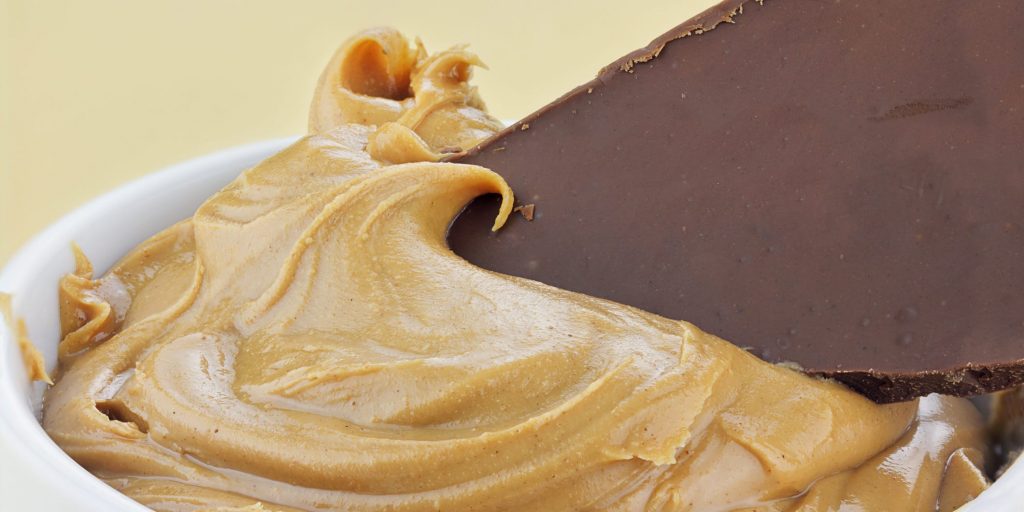- One of the richest sources of vitamin E comes from wheat germ oil, hazelnut oil, and sunflower oil.
- Many nuts, seeds, and nutbutters are also a delicious and tasty source of vitamin E.
- One of the best ways to get a good dose of vitamin E is to consume it with some amount of fat.
- Visit Insider's Health Reference library for more advice.
Vitamin E is a vital nutrient with many health benefits including:
- Antioxidant activity that helps protect cells from damage due to free radicals, which can contribute to aging, cancer, and cardiovascular disease
- Bolsters the immune system
- Makes it easier for your body to use bone-strengthening vitamin K
- Helps the body form red blood cells while widening blood vessels to prevent clotting
To reap these benefits, the recommended daily value for anyone age 14 and up is 15 milligrams of vitamin E per day.
And while deficiencies are rare in the US, those with digestive disorders that prevent them from absorbing fat properly, such as cystic fibrosis and Crohn's disease, are at risk, says Julie Lopez, RD, co-founder of Culinary Nutrition Studio.
The 2020-2025 Dietary Guidelines for Americans recommend meeting your dietary needs primarily through foods rather than supplements whenever possible. It's unclear how effective nutrients are in isolation, via supplementation, when compared to in combination, like in real food, so it's best to get as much nutrition from food as possible for a balanced diet.
It's also worth noting that vitamin E supplements can interact with certain medications and cause unpleasant side effects (especially at high doses) like nausea, fatigue, diarrhea, headaches, and intestinal cramps.
With that in mind, here are the top food sources of vitamin E.
1. Oils
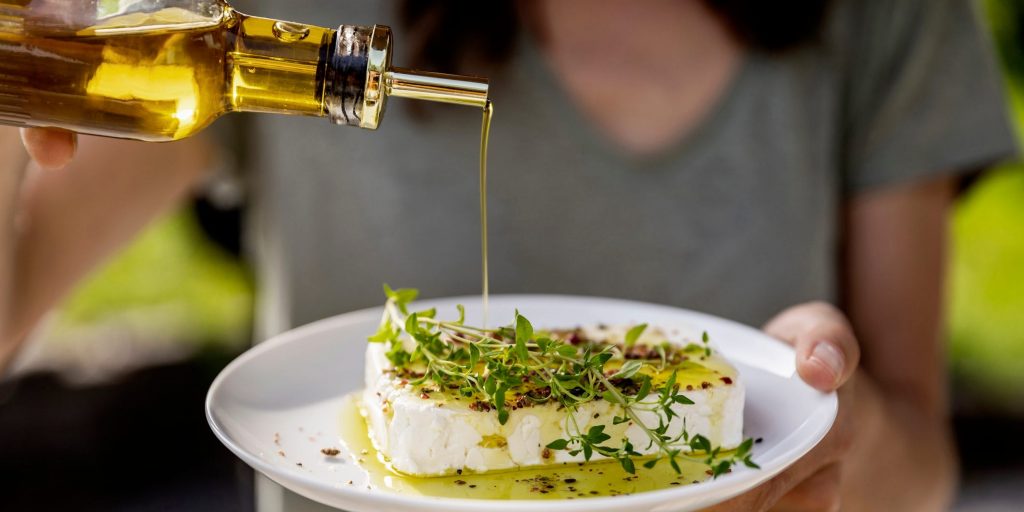
Vegetable oils are some of the richest and best natural sources of vitamin E.
Another reason why these oils are such an excellent source of vitamin E is their fat content. Vitamin E is a lipid-soluble vitamin, which means your body can absorb it better when it's paired with fat, says Gillespie.
Try adding these oils to your salad dressings, drizzle them over pasta, or use them in your cooking or baking.
|
Oil type |
Vitamin E content (1 tablespoon) |
% Daily Value (DV) |
|
20.2 mg |
135% |
|
|
6.4 mg |
43% |
|
|
5.8 mg |
37% |
|
|
5.5 mg |
37% |
|
|
1.1 mg |
7.3% |
2. Nuts and seeds
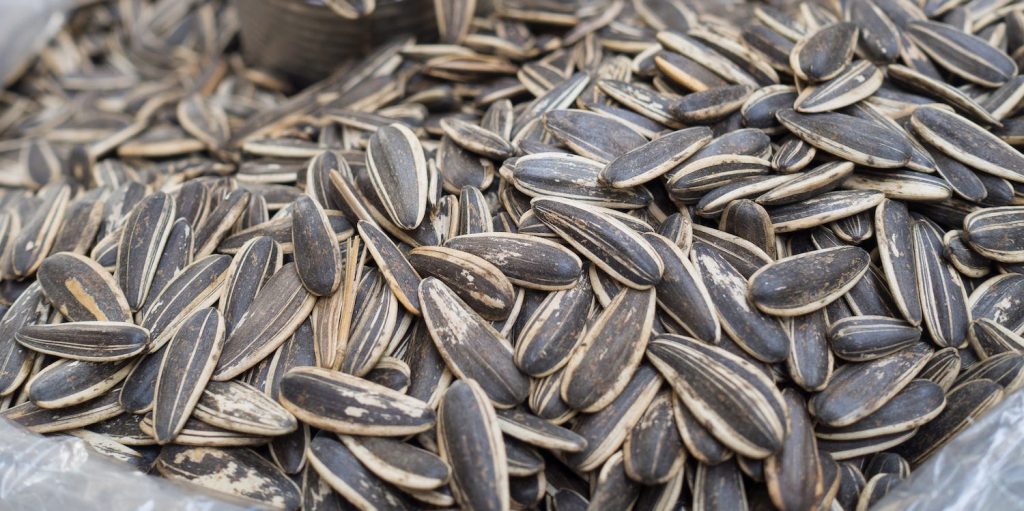
Vitamin E is very sensitive to heat, says Noah Quezada, a registered dietitian nutritionist in private practice. As a result, the nutrient can be lost in the process of roasting nuts and seeds.
How much the vitamin E content decreases will depend on the type of nut, roasting temperature, and time. A 2017 study found that after roasting various nuts for 25 minutes at 284 degrees Fahrenheit, vitamin E levels decreased by 20% in almonds and 16% in hazelnuts.
And the higher the temperature, the more vitamin E was lost during the roasting process: at 320-240 degrees Fahrenheit, vitamin E levels decreased by 54% in almonds and 20% in hazelnuts.
With that in mind, it's better to eat nuts raw than roasted for maximum vitamin E. However, it's worth noting that most conventional nut butters — especially peanut butter — are made with roasted nuts, so they may be easier to find than raw nut butters.
|
Nut/seed type |
Vitamin E content (per 2 tablespoons for nut and seed butters, per 1 ounce for nuts and seeds) |
%DV |
|
7.3 mg |
49% |
|
|
7.3 mg |
49% |
|
|
Whole almonds (raw) |
7.3 mg |
49% |
|
3.9 mg |
26% |
|
|
2.9 mg |
19% |
|
|
Pine nuts (raw) |
2.6 mg |
17% |
|
Peanuts (raw) |
2.4 mg |
16% |
|
Brazil nuts (raw) |
1.6 mg |
11% |
Keep in mind that while nuts and seeds are a rich source of vitamin E, they're also very calorie-dense foods, says Lopez. Also, certain flavored options — like honey-glazed cashews, maple pecans, or barbecue almonds — may contain added sugars and sodium.
For that reason, Lopez recommends limiting your portions to 1-2 ounces and either choosing unflavored options whenever possible or taking a peek at the ingredients label to ensure they contain little to no salt or added sugar.
3. Fruits
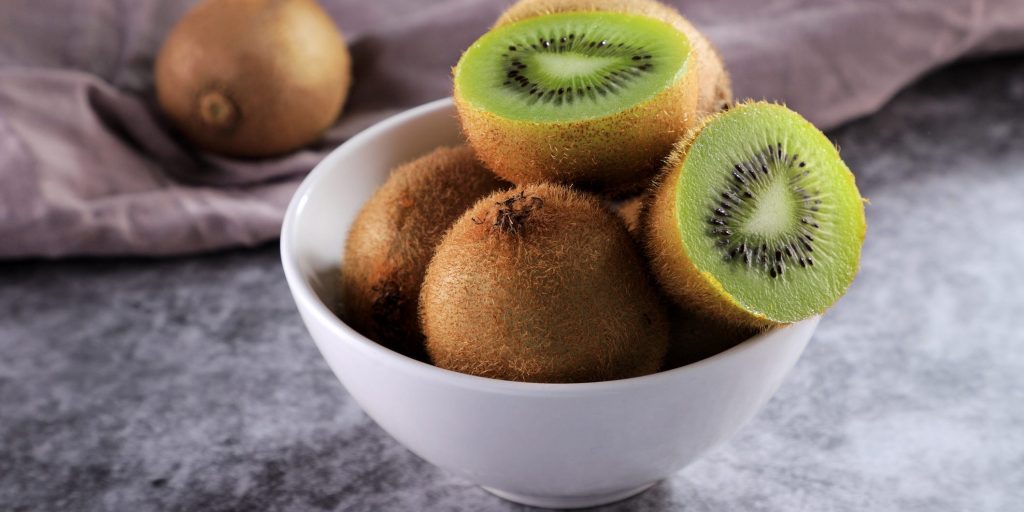
While fruit may not pack quite as much vitamin E as nuts, seeds, and vegetable oils, it can still help you meet your daily needs.
Moreover, you can pair fruits with fat sources to maximize your body's absorption of the vitamin E, says Kristin Gillespie, RD, an advisor for Exercise With Style. For example, eat mango with full-fat Greek yogurt or cottage cheese, or dip slices of red bell pepper into some hummus.
|
Nut/seed type |
Vitamin E content (per 100-gram serving) |
%DV |
|
2.1 mg |
14% |
|
|
1.6 mg |
11% |
|
|
1.5 mg |
10% |
|
|
1.1 mg |
7% |
|
|
0.9 mg |
6% |
Fruit is also chock full of a variety of other vitamins and minerals like vitamin A, vitamin C, potassium, folate, calcium, and magnesium. Remember, though, that it's generally best to eat fruit whole rather than blend it into a juice or smoothie.
When fruit is pulverized in the blender, it loses some of its fiber — which not only helps you feel full while promoting a healthy digestive tract but also ensures your body absorbs the sugar in the fruit more slowly helping prevent a spike in blood sugar, says Lopez.
4. Vegetables
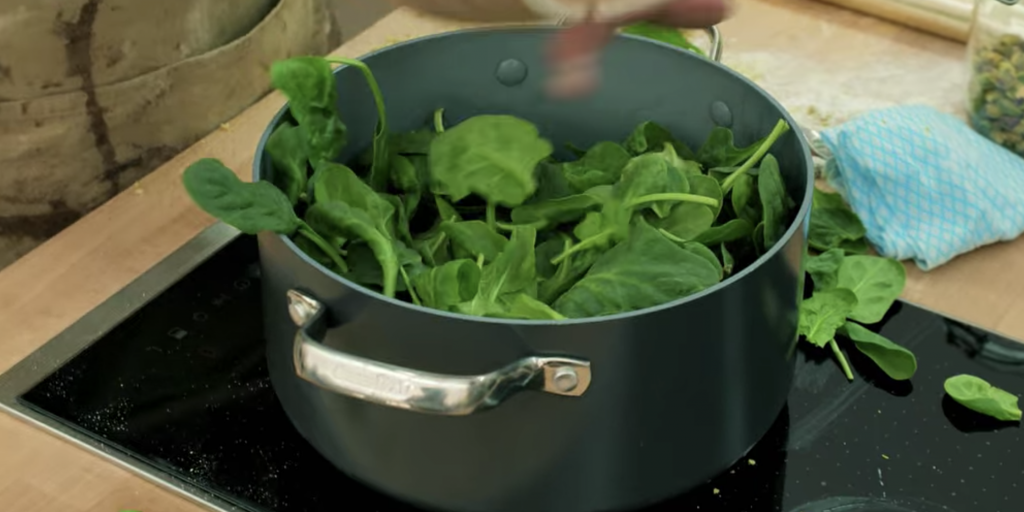
The vegetables that tend to be highest in vitamin E are leafy greens, says Gillespie, because these veggies contain chlorophyll, a plant pigment high in vitamin E.
|
Type of greens |
Vitamin E content (per 100-gram serving) |
%DV |
|
2.9 mg |
19% |
|
|
2.3 mg |
15% |
|
|
2 mg |
13% |
|
|
1.5 mg |
10% |
All of these greens can be eaten raw in a salad, says Lopez, but cooking them can mellow out some of the bitterness. She suggests sauteeing them in oil, garlic, and other seasonings like red pepper to enhance the flavor. As an added advantage, cooking these leafy greens in oil will add some fat, allowing your body to absorb more vitamin E.
You may also want to consider adding these greens to your morning omelet or scramble or topping them with a hard-boiled egg for a light, protein-packed lunch. A small 2015 study in healthy young men found that when participants ate raw mixed vegetable salads with three cooked eggs, they absorbed 4.5-7.5 times more of the vitamin E than those who just ate plain salads with no eggs.
5. Fish
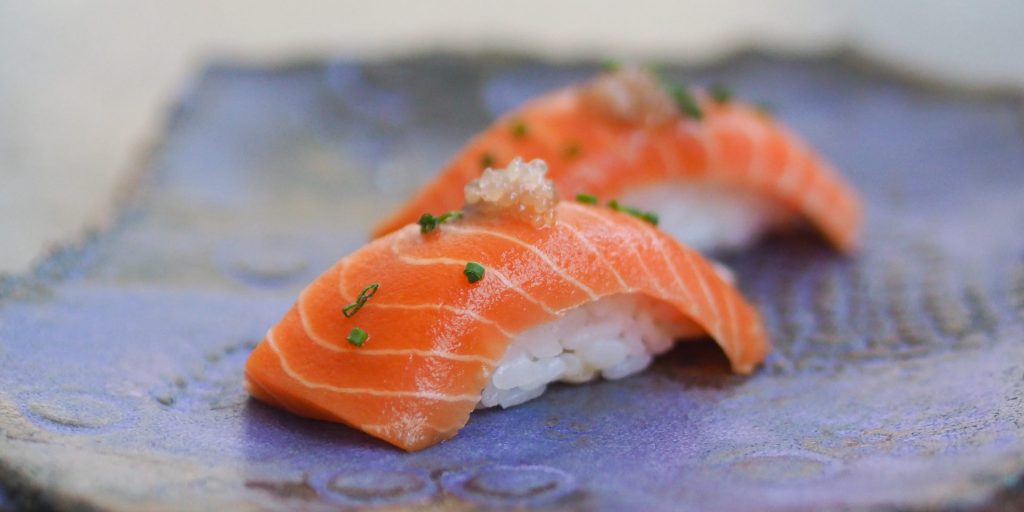
Seafood contains more vitamin E than meat and poultry, says Gillespie — and in the case of oily fish like salmon and trout, the fat content can promote better absorption of this nutrient.
|
Type of fish |
Vitamin E content (per 100-gram serving) |
%DV |
|
6.4 mg |
43% |
|
|
3.6 mg |
24% |
|
|
2.3 mg |
15% |
|
|
1.9 mg |
13% |
|
|
1.2 mg |
8% |
|
|
1 mg |
7% |
Insider's takeaway
Vitamin E is an antioxidant that can boost your immune system while also fighting off the cell damage caused by free radicals that's been linked to many chronic diseases.
Dietitians say it's always better to get this key nutrient from food as opposed to supplements whenever possible — and there's a wide range of rich sources, from oils to nuts and seeds to fish, vegetables, and fruits.
Oils such as wheat germ oil, sunflower oil, hazelnut oil, and almond oil generally contain the highest concentrations of vitamin E.
And remember, your body can absorb vitamin E more effectively when consumed alongside some fat, like salad dressing, avocado, cheese, or nut butter.
